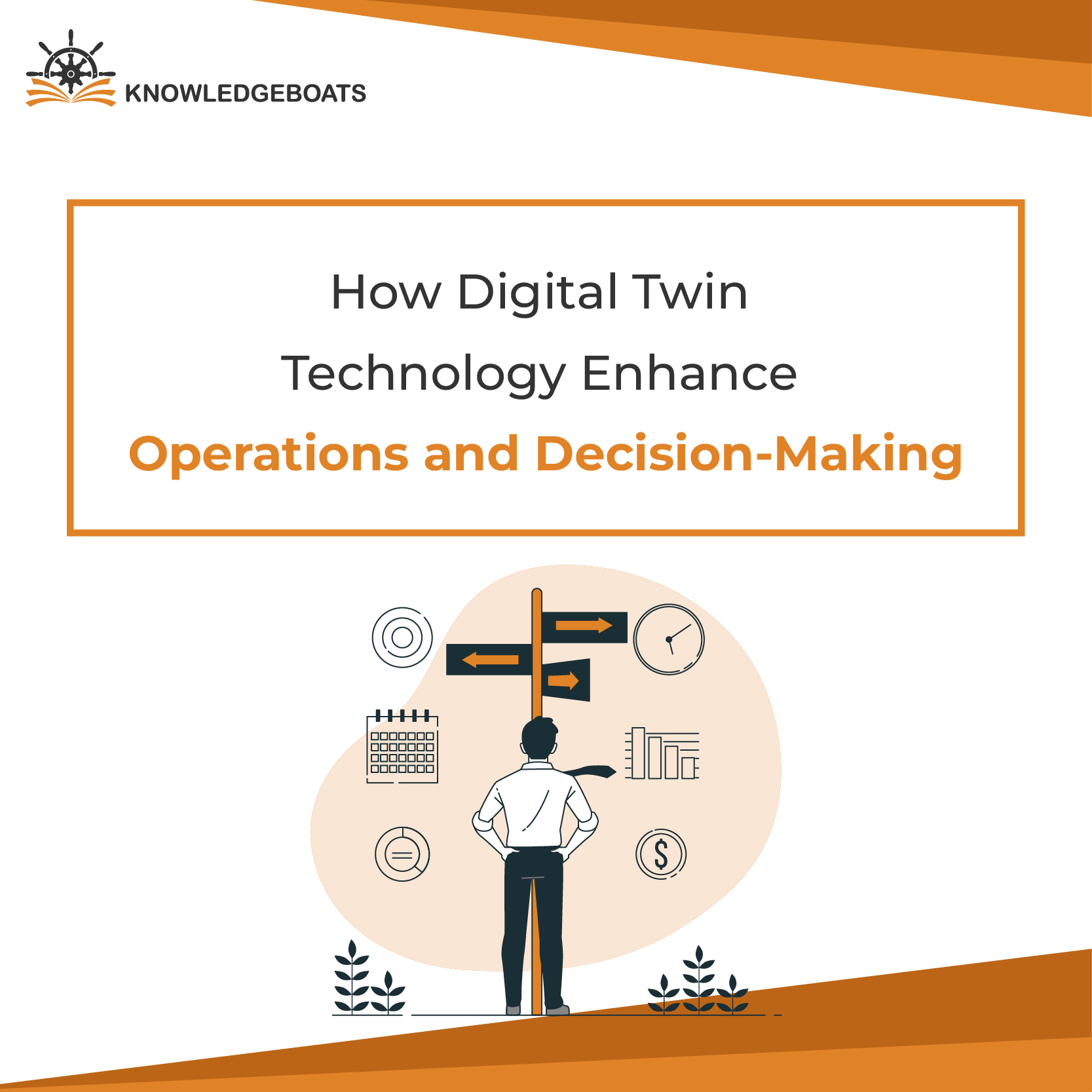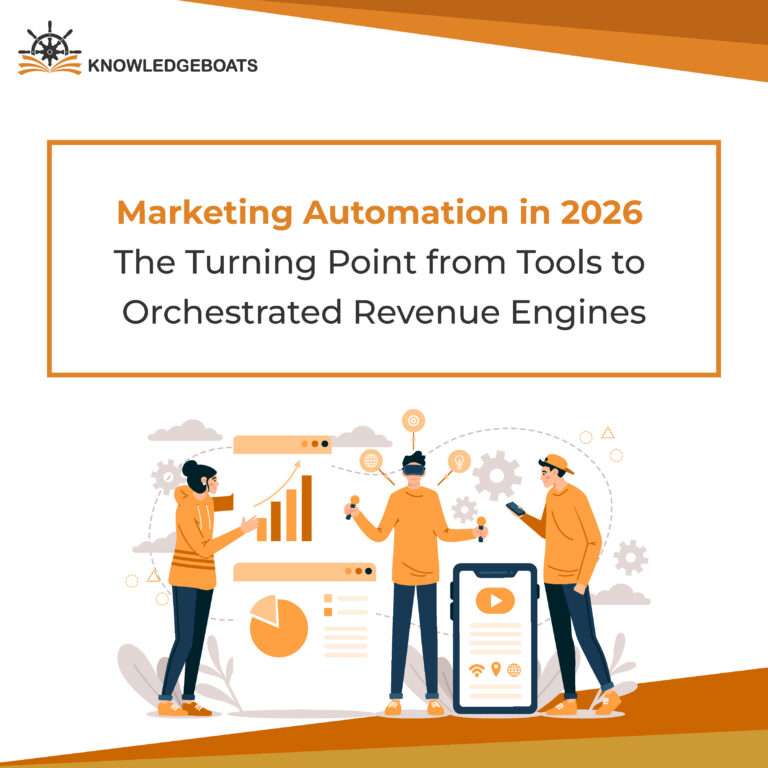
Imagine a virtual lookalike of your factory, the power plant, the floor, and even the place – constantly reacting, learning, and predicting, bringing imagination to life! Digital twin technology is a living, virtual replica of physical assets, systems, or processes made using real-time data with the help of historical records, sensors, and engineering simulations. All this data brings life to this digital world and allows it to replicate the behavior of its physical characteristics.
Digital twins are rapidly expanding technology, owing to the steady adoption of AI and ML in every industry. Digital twin technology is here to transform the way businesses operate by creating a digital presentation of your physical systems or businesses. It has begun the digital reinvention in asset-intensive industries, requiring integrated digital and physical views of assets, facilities, equipment, and processes.
History Of Digital Twin Technology
The idea of digital twin technology first came into light in 1991, as The Mirror World, a book by David Gelernter. However, a faculty at the University of Michigan, Dr. Michael Grieves, is given credit for the first real-world application of digital twin technology for applying it to manufacturing in 2002 and officially announcing the term “digital twin software”. In 2010, John Vickers from NASA popularized the term “digital twin.”
However, the basic idea of digital twins as a means of analyzing a physical object was noticed way earlier. NASA even pioneered the digital twin technology in the 1960s during its space exploration missions, when each spacecraft was replicated in earthly versions, which was later used for simulation and study purposes by NASA personnel aiding the flight crews.
Types of Digital Twins
Based on the level of product magnification, Digital twin applications are segregated into four types:
- Part Twins/Component Twins: These are digital representations of individual components within a system. They help analyze small yet critical parts of machinery or infrastructure.
- Asset twins: An asset is formed when multiple components work together. It provides valuable performance data and insights into how different parts interact.
- Unit Twins/System Twins: Unit or System Twin models different assets coming together to create a functioning system. It offers visibility in terms of the interaction of assets and can suggest performance enhancements.
- Process Twins: This is the macro magnification level, revealing how systems work together to develop a production facility. It ensures that all the systems are synced to operate at their maximum efficiency or will affect production.
Getting Started with Digital Twin Technology
Businesses might find adopting digital twin technology a bit overwhelming. Here is a simple roadmap for you to enjoy the digital twin benefits:
- Identify Your Goals: Identify what you want to achieve, whether it’s optimizing production, improving maintenance, or anything else. A well-defined goal will refine your implementation strategy.
- Identify Your Target Area: Decide the physical process/assets that you wish to process or replicate with digital twin application. Begin with a manageable scope to develop a successful pilot project.
- Collect Data: Collect relevant data, including historical maintenance records, engineering models, and sensor data to create an accurate digital twin.
- Pick the Right Technology Partner: Ensure to pick a partner that aligns with your business requirements and can support your digital twin implementation.
Conclusion
Digital twin technology is revolutionizing industries by offering real-time insights, predictive maintenance, and optimized operations. As businesses continue to embrace digital transformation, the role of digital twins will grow stronger, enabling smarter decision-making, cost cutting, and improvements in efficiency.
Going forward, we can expect digital twins to drive innovations in areas like supply chain management, medicine, and advanced manufacturing and automobiles. The businesses that adopt and integrate this technology today will gain a competitive edge.
Are you ready to witness the power of digital twins for your business? Now is the right time to explore its potential and stay ahead in the ever-evolving digital world.



